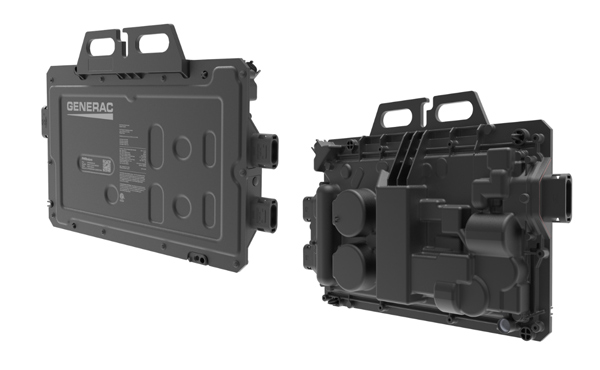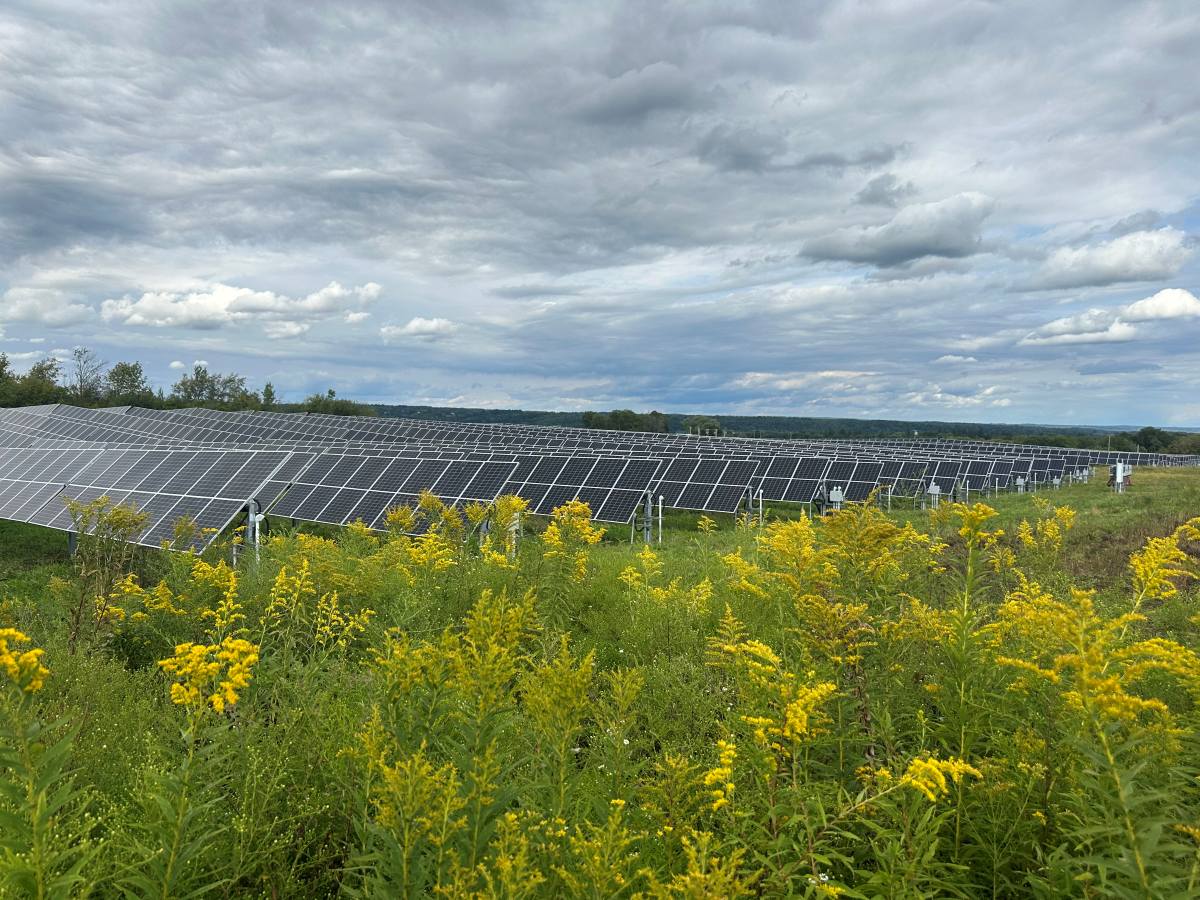Explainer: New ‘construction start’ definitions for solar project tax credit eligibility
Final guidance eliminates the 5% safe harbor for projects over 1.5 MW, forcing developers to prove “physical work of a significant nature” to qualify for federal solar tax credits.

The Dept. of Treasury and the Internal Revenue Service (IRS) finalized rules (Notice 2025-42) to clarify what defines “start of construction” for a solar project in order to qualify for federal tax credits. Here is an overview of the new rules and a quick recap of how we got here.
Trump issues executive order
This clarification of “construction start” language was prompted by Trump in an Executive Order following the signing of the One Big Beautiful Bill Act (OBBB). According to reports, the Executive Order was linked to the OBBB passage:
From Politico: “Hard-line House conservatives said President Donald Trump assured them his administration would take action to constrict wind or solar projects that qualify for Inflation Reduction Act tax credits — a pledge that ultimately persuaded them to back the party’s megabill.”
This came to pass when Trump directed the Treasury Department to issue “new and revised guidance” within 45 days to restrict which projects will still qualify for solar tax credits. The order, subtly titled “ENDING MARKET DISTORTING SUBSIDIES FOR UNRELIABLE, FOREIGN CONTROLLED ENERGY SOURCES,” was aimed at redefining what constitutes “the beginning of construction” to restricting the use of “broad safe harbors” unless a “substantial portion of the facility has already been built.”
The “start construction date” is even more important following the tax credit timeline changes the OBBB. Projects that start construction before July 4 of 2026 have at least four years to finish the project at qualify for the tax credits. Projects that start after July 4, 2026, must be placed in service up by the end of 2027 – a year-and-a-half, which could be nearly impossible for many utility-scale projects.
What used to constitute construction start?
1) A project must incur at least 5% of the total project cost. “Costs are usually incurred only as the developer takes delivery of equipment or services, with one exception. A payment for specific equipment or services by the deadline counts if delivery is reasonably expected within 3 ½ months,” according to Keith Martin at Norton Rose Fulbright. Or. …
2) Start “physical work of a significant nature” at the project site on the parts of the project on which an ITC can be claimed or at a factory on equipment that is tailored for use in the project.
New Treasury and IRS guidance for construction start
The following changes go into effect on Sept. 2:
- Construction start for projects over 1.5 MW is now only defined by completing “physical work of a significant nature.” The 5% rule no longer applies to these projects. The definition of physical work still includes off-site work, such as the manufacturing of equipment. There is also a “Continuity Requirement” for the Physical Work Test. So, a project must maintain “a continuous program of construction” in order to qualify for the credit.
- Projects under 1.5 MW – residential, small C&I and community solar – can still incur 5% of the cost to define the start of construction.
Retroactive?
No, this new guidance is not retroactive. Industry analysts feared that the most. The above changes go into effect on Sept. 2.





Comments are closed here.